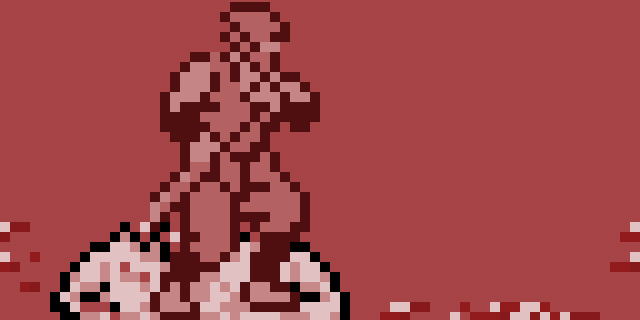
In From Pixels to Polygons, we examine classic game franchises that have survived the long transition from the 8- or 16-bit era to the current console generation. This time, Andrew Passafiume and Lucas White look at Ninja Gaiden, the classic Tecmo action series.
Few series have made as painless a transition from 2D to 3D as Ninja Gaiden. It began its life as a notoriously difficult (yet surprisingly addictive) 2D series before becoming a notoriously difficult (yet surprisingly complex) 3D series. Boiling down Ninja Gaiden’s formula like that doesn’t do the series justice, however, as there is a multitude of small, yet meaningful changes made along the way.
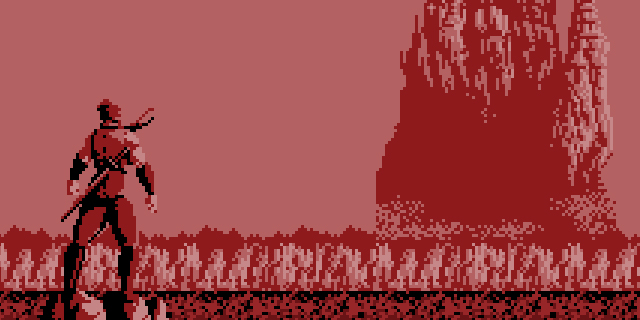
When one wrong move is your last
Although the series began its life in the arcades, that version of Ninja Gaiden was an arcade brawler, bearing little resemblance to the NES original. While it contained a handful of elements that would go on to become series staples, such as the cinematics that would help define the series, it wasn’t until the NES title that we got our first taste of Ninja Gaiden proper. It was a stepping stone towards what we now know as one of the premiere action games of the era.
It was a challenging-yet-rewarding experience that felt in line with many of the other NES titles of the time. The main difference, however, is in how it controlled. Ryu Hayabusa could cling to walls and use this to maneuver around each level to snag power-ups and get to higher ground if necessary. This began as a unique way to scale the environment, but would later become an essential part of the Ninja Gaiden experience once you got deeper into the game’s devious later stages.
This maneuverability is a huge part of what sets Ninja Gaiden apart from other titles at the time, and helped define the series as a whole. This isn’t Ryu’s only trick, however, as he also has several items he can use along the way which also became synonymous with the franchise. He has his traditional Dragon Sword, but the host of other abilities allow him to attack enemies from afar, making the traversal that much more important. Your ability to grapple and attack enemies from a distance while still moving to avoid other dangers along the way is what ultimately allowed players to defeat Ninja Gaiden’s many challenges, but the game’s notorious difficulty made those moments of victory more rewarding as a result.
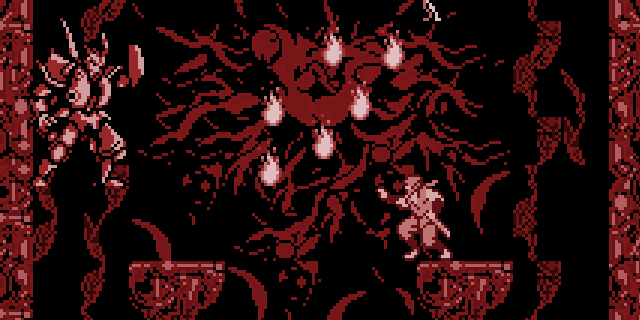
These traditions continued with Ninja Gaiden II and III, both also released on the NES. Ninja Gaiden II mixed things up with some brilliant level design, including a stage in which Ryu is constantly fighting against the wind to avoid being knocked into a pit, but is ultimately more of the same. The game, while still challenging, felt more balanced in its approach to difficulty, and the controls even more refined than ever before. Ninja Gaiden III added the ability to Ryu to climb across overhead pipes and other such pieces of the environment, adding another small, yet crucial layer to Ninja Gaiden’s verticality.
While the progression from the original Ninja Gaiden to Ninja Gaiden III was limited, each small improvement and tweak helped further cement the series’ trademarks and would go on to define the future of the franchise. Other titles, such as the Game Boy’s Ninja Gaiden Shadow, attempted to carry over these mechanics onto a portable, but never managed to capture the same magic. It wasn’t until 2004 that we saw our first real glimpse at Ryu’s next big leap, marking a new era for the classic franchise.
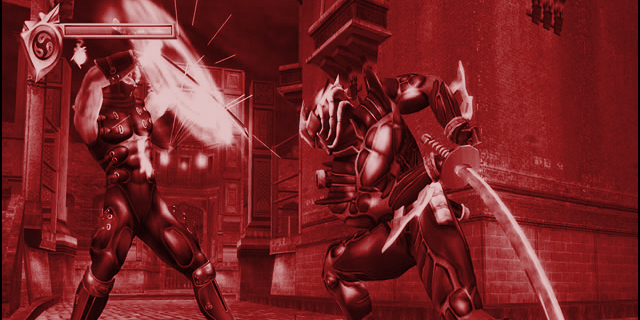
Waiting for the right time to strike
As Ninja Gaiden re-emerged on the Xbox, mobility became less of a feature and more of a necessity. As difficulty became a franchise gimmick in and of itself, Ninja Gaiden set itself apart from similar titles (such as Devil May Cry) by making the player choose moves very carefully. One button press too many, and you’d eat an attack you couldn’t afford to. Instead of jumping into a fight guns-blazing, your best option was to hold your guard, blocking and rolling out the way of enemy attacks until an opening presented itself. Fights could take a while, but the reward for patience was often a kill in a single combo. Bosses were obviously more difficult, but the strategy remained the same. Wait the enemy out until a chance to strike freely opened. Just like a ninja.
Series frontrunner Tomonobu Itagaki was very vocal about interactivity in games, quick to criticize titles such as Heavenly Sword and God of War for their reliance on quick-time events to portray more theatrical events. The new Ninja Gaiden II went full force in the opposite direction, adding more content, more weapons and more excess to more or less the same formula of the first game. The focus on defense remained, though experimenting with the different weapons was more viable. The name of the game here was giving the player more options, and therefore more agency.
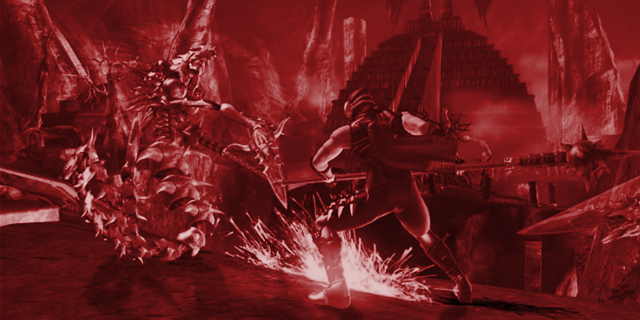
Itagaki left Tecmo just before Ninja Gaiden II came out, and Ninja Gaiden 3 was a very different game as a result. It wasn’t received well by fans, lacking much of the options and difficulty of the previous titles. Tecmo addressed that with Ninja Gaiden 3: Razor’s Edge, making a game much more in line with the fan favorites, while not compromising on the publisher’s intended new direction. The new direction: more offense. This time around, the player could, and had to, be more aggressive with certain enemies. However, at least in Razor’s Edge, the renewed interest in offense was mixed in with a sense of balance, keeping the player on their toes and ultimately giving them even more options. It was a shocking difference, but ultimately the changes came full circle with Itagaki’s original intentions, in a way.
With Itagaki’s departure and the initial poor reception of Ninja Gaiden 3, it’s hard to envision the series’ future, even after the improvements of Razor’s Edge. Regardless, Team Ninja has proven it can handle criticism and improve. This demonstration proves its bright future for a series that continues to respect its roots, while maintaining a clear vision for its future.
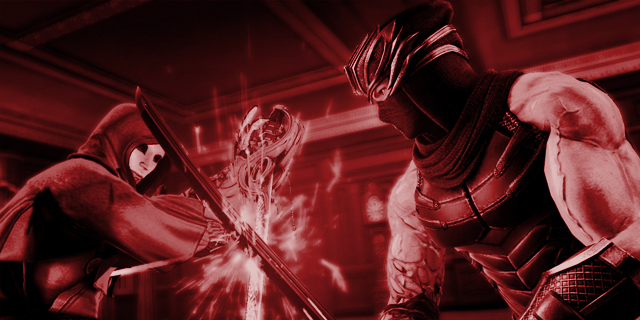
What’s the peak of the Ninja Gaiden series?
Andrew: I’ll always have a soft spot for the NES trilogy, but there’s no denying just how great the 2004 update of Ninja Gaiden is on the original Xbox. It was a true successor to those original titles, bringing the mechanics and brutal difficulty into the modern era. It created a new standard for action games, one the sequels never quite lived up to.
Lucas: I’m all about player choice and options, and I don’t mean in dialogue trees. Ninja Gaiden 3: Razor’s Edge really let me push myself to my limits. When I realized I could take an even more active role in combat, having to recognize not just when to snap out of a defense, but also when to take charge of a scuffle, was enthralling.



















